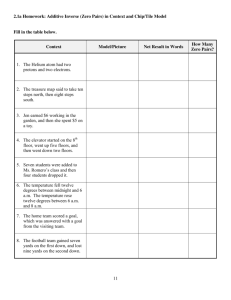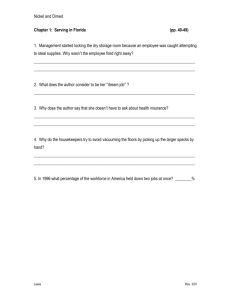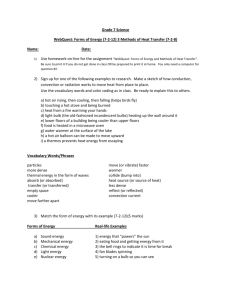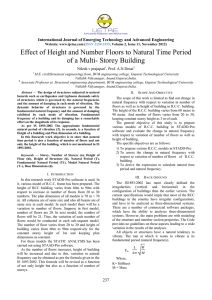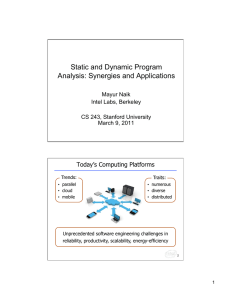THE PROS AND CONS OF PRICE FLOORS
advertisement
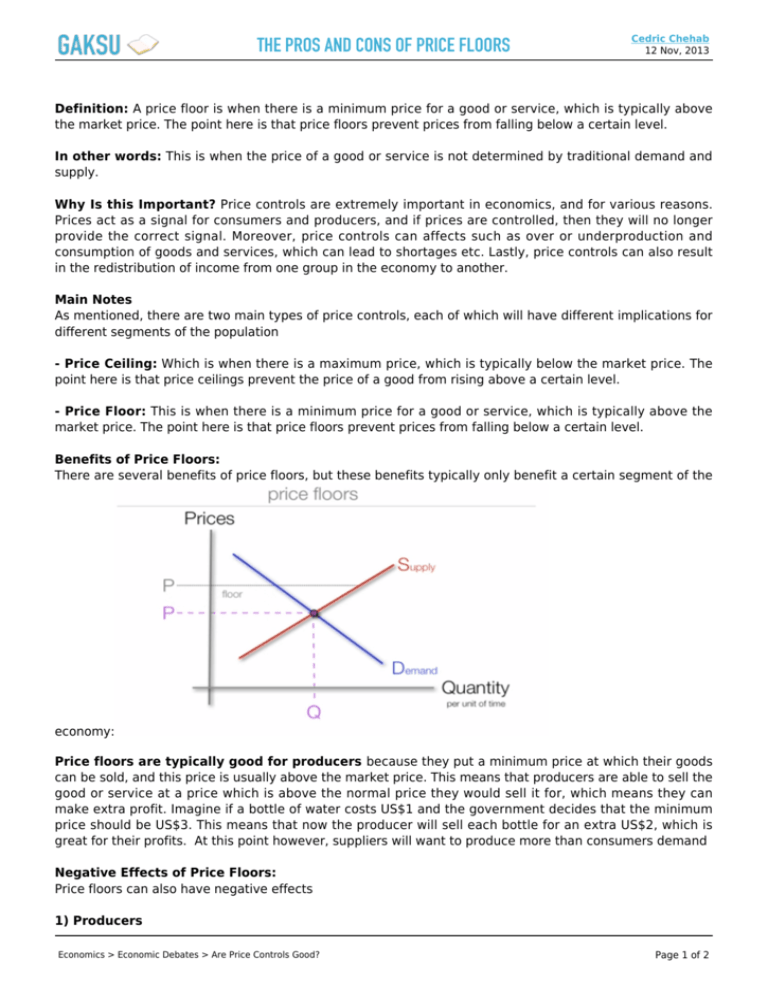
THE PROS AND CONS OF PRICE FLOORS Cedric Chehab 12 Nov, 2013 Definition: A price floor is when there is a minimum price for a good or service, which is typically above the market price. The point here is that price floors prevent prices from falling below a certain level. In other words: This is when the price of a good or service is not determined by traditional demand and supply. Why Is this Important? Price controls are extremely important in economics, and for various reasons. Prices act as a signal for consumers and producers, and if prices are controlled, then they will no longer provide the correct signal. Moreover, price controls can affects such as over or underproduction and consumption of goods and services, which can lead to shortages etc. Lastly, price controls can also result in the redistribution of income from one group in the economy to another. Main Notes As mentioned, there are two main types of price controls, each of which will have different implications for different segments of the population - Price Ceiling: Which is when there is a maximum price, which is typically below the market price. The point here is that price ceilings prevent the price of a good from rising above a certain level. - Price Floor: This is when there is a minimum price for a good or service, which is typically above the market price. The point here is that price floors prevent prices from falling below a certain level. Benefits of Price Floors: There are several benefits of price floors, but these benefits typically only benefit a certain segment of the economy: Price floors are typically good for producers because they put a minimum price at which their goods can be sold, and this price is usually above the market price. This means that producers are able to sell the good or service at a price which is above the normal price they would sell it for, which means they can make extra profit. Imagine if a bottle of water costs US$1 and the government decides that the minimum price should be US$3. This means that now the producer will sell each bottle for an extra US$2, which is great for their profits. At this point however, suppliers will want to produce more than consumers demand Negative Effects of Price Floors: Price floors can also have negative effects 1) Producers Economics > Economic Debates > Are Price Controls Good? Page 1 of 2 THE PROS AND CONS OF PRICE FLOORS Cedric Chehab 12 Nov, 2013 Over the short term, producers benefit as they are able to sell their goods at a higher price. However, there is the risk that because prices are high, producers produce too much of the good, while consumers cannot afford them. This leads to a surplus, and potentially losses down the road for producers as they can’t sell what what have produced 2) Consumers Consumers are typically worse off as they have to pay more money for the good or service. 3) General Economy In general the economy loses out because there is not an efficient allocation of production. As less is being sold, the government may also be less able to collect taxes on the production and sales of products. Economics > Economic Debates > Are Price Controls Good? Page 2 of 2

